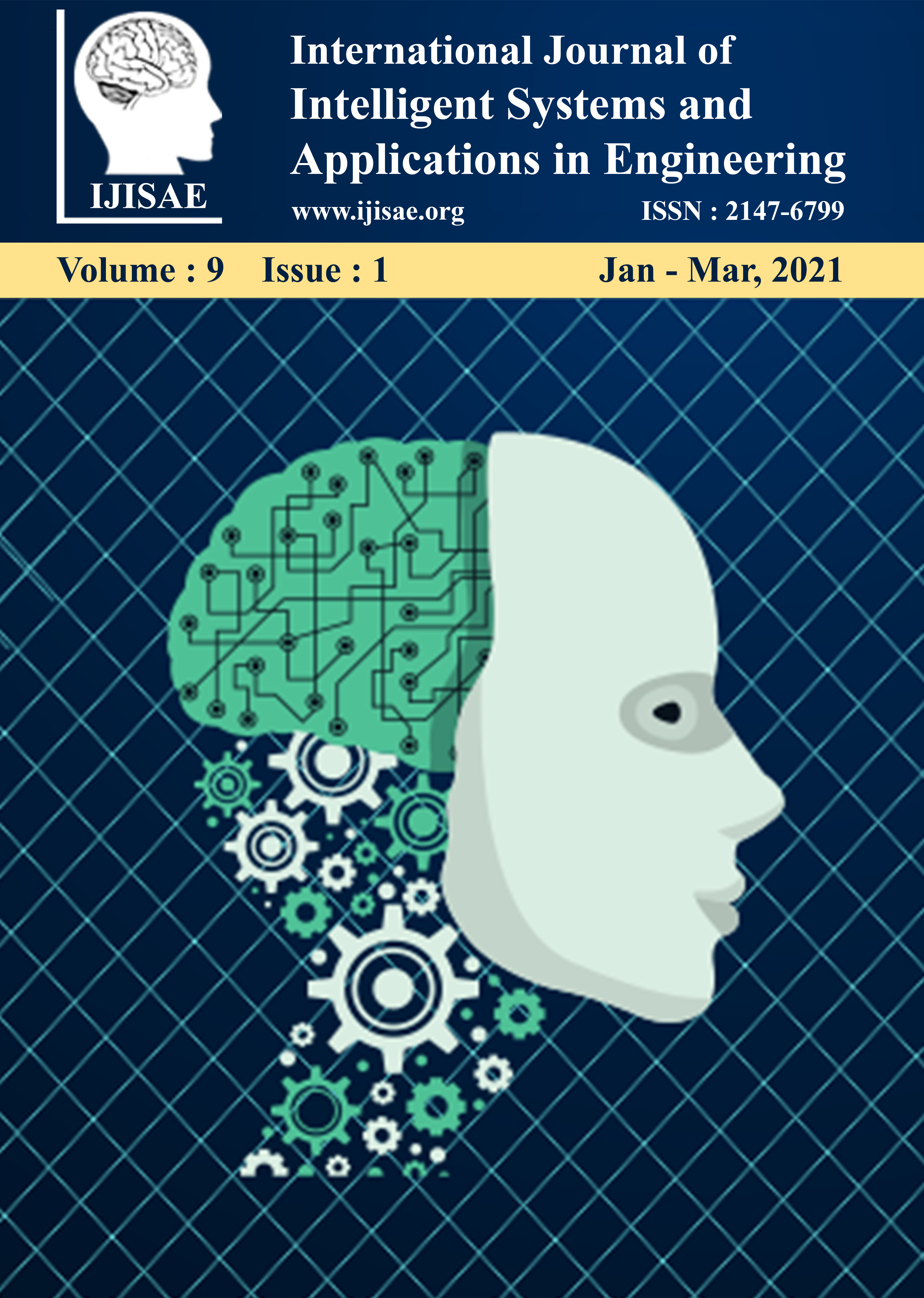Architecting Secure, Automated Multi-Cloud Database Platforms Strategies for Scalable Compliance
Keywords:
Multi-cloud architecture, database security, automated compliance, scalability, disaster recovery.Abstract
As organizations increasingly adopt multi-cloud architectures to meet diverse business needs, ensuring the security and compliance of databases across these environments has become paramount. This research explores strategies for architecting secure, automated multi-cloud database platforms that not only support scalability but also guarantee adherence to regulatory compliance requirements. The focus is on overcoming challenges related to security, automation, and compliance in multi-cloud environments. By exploring the complexities introduced by the decentralized nature of multi-cloud systems, this paper discusses best practices in data encryption, identity and access management, disaster recovery, and compliance automation. The paper also highlights the importance of adopting robust encryption methods, establishing strong identity and access management (IAM) practices, automating compliance monitoring, and ensuring effective disaster recovery strategies. A key contribution of this research is the introduction of the M.C.A.R.E. Framework — Multi-cloud Automated Resilience and Enforcement — a five-layer model designed to normalize identity policies, enforce compliance baselines, remediate configuration drift, detect incidents in real time, and log encrypted data access across diverse cloud environments. This framework provides a reusable, platform-agnostic approach for securing mission-critical workloads with automation and auditability. Case studies from industries like finance and e-commerce demonstrate the successful implementation of these strategies. The research provides actionable insights into designing scalable and compliant multi-cloud database platforms, offering a comprehensive approach to addressing security threats, compliance complexities, and scalability issues across diverse cloud platforms. The study concludes with future directions for enhancing multi-cloud database security and compliance, focusing on the integration of AI, machine learning, blockchain, and standardized cross-cloud security frameworks.
Downloads
References
Sharma, A., & Gupta, R. (2018). Cross-cloud disaster recovery models. International Journal of Distributed Computing, 16(3), 134-142.
Nguyen, D., & Nguyen, L. (2020). Data protection and compliance in multi-cloud environments: A comprehensive approach. Information Systems Security Journal, 14(2), 202-213.
Roberts, F., & Wright, P. (2018). Encryption techniques for multi-cloud database management systems. Journal of Information Security, 26(4), 421-430.
Patel, R., & Mitra, S. (2019). Scalable cloud architectures: Best practices for multi-cloud environments. Cloud Technologies Review, 18(3), 129-141.
Nguyen, S., & Tran, H. (2018). Identity and access management in multi-cloud environments. Journal of Cloud Security, 20(1), 55-63.
Coleman, M., & Horan, K. (2019). Automating compliance monitoring in multi-cloud platforms. Cloud Compliance Journal, 12(5), 97-105.
Liao, F., & Chan, W. (2020). Scalability challenges and solutions in multi-cloud database systems. Cloud Computing Systems Journal, 29(4), 189-198.
Zhang, L., & Lee, T. (2017). Challenges of regulatory compliance in multi-cloud databases. Journal of Cloud Computing, 24(2), 159-169.
Kumar, M., & Prasad, S. (2018). Multi-cloud disaster recovery: Strategies and methodologies. Journal of Network Security, 22(3), 115-123.
Kim, Y., & Park, J. (2019). Automated data encryption for multi-cloud platforms. International Journal of Cloud Security, 13(6), 202-210.
Davis, P., & Chen, W. (2018). Security and compliance automation in cloud platforms. Journal of Information Systems, 27(3), 180-192.
Robinson, R., & White, J. (2017). Compliance challenges in multi-cloud data systems. Journal of Compliance and Security, 33(4), 211-220.
Wang, Y., & Xu, J. (2020). AI and machine learning in multi-cloud compliance automation. Cloud AI Review, 5(2), 85-94.
Wong, A., & Li, H. (2019). Security mechanisms for multi-cloud database platforms. Journal of Cloud Technologies, 21(1), 67-76.
Hayes, G., & Kelly, L. (2018). Cost optimization in multi-cloud database systems. International Journal of Cloud Computing, 32(2), 146-157.
Lin, X., & Zhou, M. (2017). Efficient multi-cloud disaster recovery strategies. Journal of Cloud Infrastructure, 19(1), 112-118.
Wang, F., & Choi, J. (2020). Blockchain for multi-cloud data integrity and compliance. Journal of Information Technology Security, 25(4), 220-227.
Hill, M., & Ford, B. (2018). Ensuring data security and compliance across cloud environments. Cloud Security Journal, 17(5), 200-210.
Li, Z., & Zhang, W. (2017). Real-time database replication in multi-cloud architectures. Cloud Computing Systems, 28(3), 98-108.
Turner, J., & Thomas, L. (2019). Future trends in multi-cloud database management: AI and automation. Cloud Computing Review, 11(4), 75-83.
Downloads
Published
How to Cite
Issue
Section
License

This work is licensed under a Creative Commons Attribution-ShareAlike 4.0 International License.
All papers should be submitted electronically. All submitted manuscripts must be original work that is not under submission at another journal or under consideration for publication in another form, such as a monograph or chapter of a book. Authors of submitted papers are obligated not to submit their paper for publication elsewhere until an editorial decision is rendered on their submission. Further, authors of accepted papers are prohibited from publishing the results in other publications that appear before the paper is published in the Journal unless they receive approval for doing so from the Editor-In-Chief.
IJISAE open access articles are licensed under a Creative Commons Attribution-ShareAlike 4.0 International License. This license lets the audience to give appropriate credit, provide a link to the license, and indicate if changes were made and if they remix, transform, or build upon the material, they must distribute contributions under the same license as the original.






